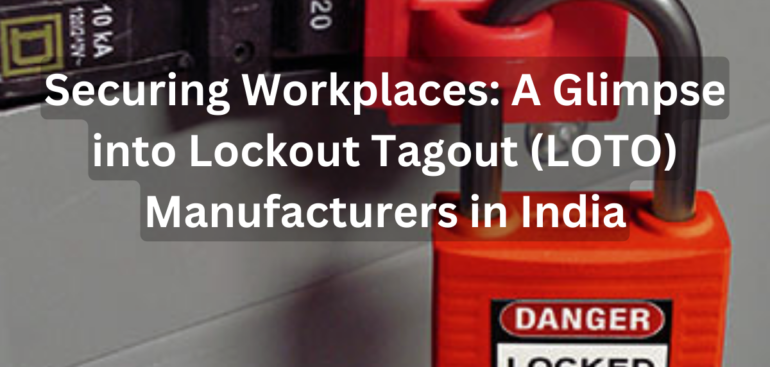Outdoor work presents unique challenges and risks that demand a robust approach to safety. Whether your team is working in construction, landscaping, utility services, or any other outdoor profession, ensuring their safety is paramount. At Lukko Safety, we understand the importance of safeguarding your workforce. Here are comprehensive strategies to prioritize the safety of your outdoor workers effectively.
1. Conduct Thorough Risk Assessments
Before commencing any outdoor project, conduct a detailed risk assessment. Identify potential hazards such as extreme weather conditions, uneven terrain, electrical hazards, and wildlife. By recognizing these risks early, you can implement preventive measures to mitigate them.
Steps for Risk Assessment:
- Evaluate the Environment: Inspect the site for any physical hazards.
- Assess Weather Conditions: Plan for extreme weather by checking forecasts and having contingency plans.
- Identify Specific Risks: Look for job-specific dangers like exposure to chemicals or heavy machinery operations.
2. Provide Comprehensive Training
Training is a cornerstone of safety. Ensure all workers are well-versed in safety protocols, equipment usage, and emergency procedures.
Key Training Components:
- Equipment Handling: Proper use and maintenance of tools and machinery.
- First Aid: Basic first aid and CPR training.
- Safety Protocols: Detailed instructions on safety measures and emergency evacuation plans.
3. Equip with the Right Gear
Personal Protective Equipment (PPE) is essential for outdoor workers. Depending on the nature of the work, PPE may include hard hats, high-visibility clothing, gloves, safety glasses, and steel-toed boots.
Ensuring Proper Gear:
- Quality Assurance: Choose high-quality PPE that meets industry standards.
- Regular Inspections: Frequently inspect PPE for wear and tear and replace as necessary.
- Correct Usage: Train workers on the correct usage of PPE.
4. Implement Safety Policies and Procedures
Develop clear safety policies and ensure they are consistently followed. Policies should cover a range of scenarios from routine tasks to emergency situations.
Essential Policies:
- Heat and Cold Stress Management: Guidelines for hydration, rest breaks, and appropriate clothing.
- Fall Protection: Measures for working at heights, including harnesses and guardrails.
- Electrical Safety: Protocols for working near power lines or with electrical equipment.
5. Monitor Weather Conditions
Weather can be unpredictable and hazardous for outdoor work. Establish a system for monitoring weather conditions in real-time.
Weather Monitoring Tips:
- Weather Apps and Alerts: Use reliable weather apps for real-time updates.
- Contingency Plans: Have plans in place for severe weather conditions like thunderstorms, high winds, or extreme temperatures.
- Shelter and Rest Areas: Ensure there are accessible shelters and designated rest areas.
6. Encourage a Culture of Safety
Foster an environment where safety is a shared responsibility. Encourage workers to voice concerns and report unsafe conditions without fear of reprisal.
Promoting Safety Culture:
- Regular Safety Meetings: Hold frequent meetings to discuss safety topics and reinforce protocols.
- Open Communication: Create channels for workers to report hazards or suggest improvements.
- Incentive Programs: Recognize and reward safe behavior and adherence to safety procedures.
7. Regular Health and Safety Audits
Periodic audits can help identify gaps in safety practices and ensure compliance with safety regulations.
Conducting Effective Audits:
- Scheduled Inspections: Regularly scheduled inspections to ensure ongoing compliance.
- Documentation and Review: Keep detailed records of audits and review them to track improvements or recurring issues.
- Third-Party Audits: Consider third-party audits for an unbiased assessment of your safety practices.
Conclusion
Prioritizing the safety of your outdoor workers is not only a legal obligation but a moral one. By conducting thorough risk assessments, providing comprehensive training, equipping workers with the right gear, implementing robust safety policies, monitoring weather conditions, fostering a safety culture, and conducting regular audits, you can create a safer work environment. At Lukko Safety, we are committed to helping you protect your workforce. Stay proactive, stay prepared, and keep your team safe.
For more information on safety solutions and PPE, visit Lukko Safety.



